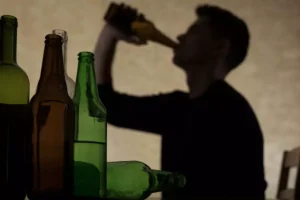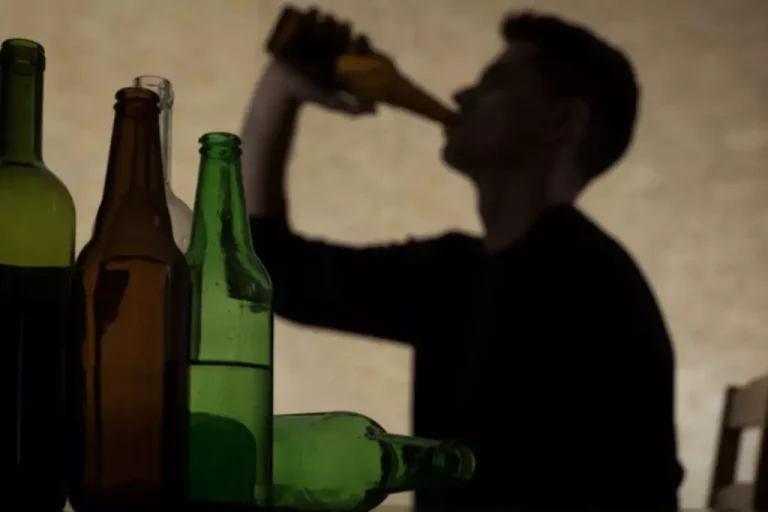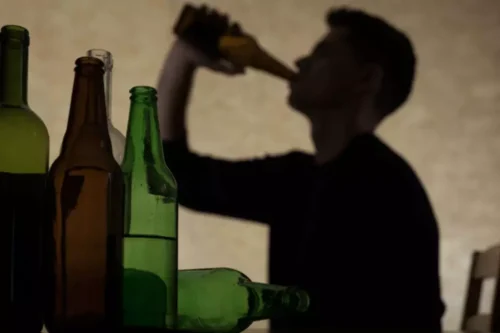Alcohol withdrawal symptoms

When you drink, the alcohol suppresses certain neurotransmitters in your brain. Heavy alcohol use also depletes the body of vital electrolytes https://ecosoberhouse.com/ and vitamins, such as folate, magnesium, and thiamine. So, treatment may also include electrolyte corrections and multivitamin fluids.
- Often used to treat anxiety and insomnia, benzodiazepines include drugs like alprazolam (Xanax, Xanax XR), clonazepam (Klonopin), and diazepam (Valium).
- We do not offer individual medical advice, diagnosis or treatment plans.
- It’s important to avoid any triggers or situations that may make you want alcohol.
- For those with alcohol use disorder, withdrawal is just the first (but very important) step on a long journey to recovery.
- Still, try to keep in mind that these symptoms — though uncomfortable — are temporary.
- It’s important to address issues with heavy drinking in a medical environment rather than trying it on your own.
In the First 8 Hours

If a person has alcohol use disorder, their body gets used to a certain amount of alcohol in their system. Long-term treatment of AUD should begin concurrently with the management of AWS.8 Successful long-term treatment includes evidence-based community resources and pharmacotherapy. Primary care physicians should offer to initiate appropriate medications. You’ve taken an important first step toward recovery by deciding to stop drinking. Now, try to keep in mind that even though withdrawal symptoms may be unpleasant, they’re temporary, and treatment is available during this time. This may include medications, therapy, or both and can be offered in a variety of settings, both inpatient, outpatient, or a hybrid model.

Tips for symptom management and prevention
Sedative-hypnotic drugs are the primary agents for treatment of alcohol withdrawal syndrome because they are cross-tolerant drugs that modulate GABA functions. These medications commonly include benzodiazepines, barbiturates, propofol, dexmedetomidine, and (in rare cases) ethanol. The chronic use of sedatives like barbiturates and benzodiazepines can also produce withdrawal responses that resemble alcohol withdrawal syndrome due to their similar effect on GABA receptors.
Post-acute withdrawal syndrome symptoms by substance
In some cases, AWS can be a medical emergency and — if complications arise — potentially life threatening. Alcohol withdrawal is a natural physical response your body goes through when trying to break an alcohol dependence. Multiple dosing strategies have been utilized in the management of AWS. For people at low risk of complications, an office visit to your primary care provider, along with at-home monitoring and virtual office visits, may suffice. People at high risk of complications should alcohol withdrawal syndrome symptoms enter a short-term in-patient detox program. For those with alcohol use disorder, withdrawal is just the first (but very important) step on a long journey to recovery.

- Mild symptoms may progress to alcohol hallucinosis, characterized by visual or auditory hallucinations that usually subside within 48 hours after alcohol cessation.
- It’s different to ‘harmful drinking’ (another type of alcohol-use disorder) which is a pattern of heavy drinking which causes damage to your health, but without actual dependence.
- Find out what they are and what you should do if you are experiencing them.
- If a loved one is experiencing PAWS, you can show support by reminding them that you’re there for them and encouraging them to reach out to you for help.
PAWS typically presents days after an individual stops drinking rather than immediately after alcohol use, and symptoms are usually psychological and mood-related, often persisting after acute withdrawal symptoms have resolved. In general, the course of alcohol withdrawal is highly variable and somewhat unpredictable. Screening and assessment tools do not allow physicians to predict with confidence who will or will not experience life-threatening symptoms. Those experiencing mild alcohol withdrawal symptoms or who are concerned about experiencing withdrawal symptoms will benefit from the advice of a physician or clinician trained to assess and treat patients in alcohol withdrawal. For most people, alcohol withdrawal symptoms will begin to subside after 72 hours. If you are still experiencing withdrawal symptoms after three days, talk to your healthcare provider.

This article primarily focuses on withdrawal from ethanol, sedative-hypnotics, opioids, stimulants, and gamma-hydroxybutyrate (GHB). When you stop using a certain substance, you might experience withdrawal symptoms for a few days or weeks. Symptoms of nicotine withdrawal can occur rapidly, within 4 to 24 hours after cessation of habitual use, peak around day 3, and can persist for 3 to 4 weeks.



No Comments